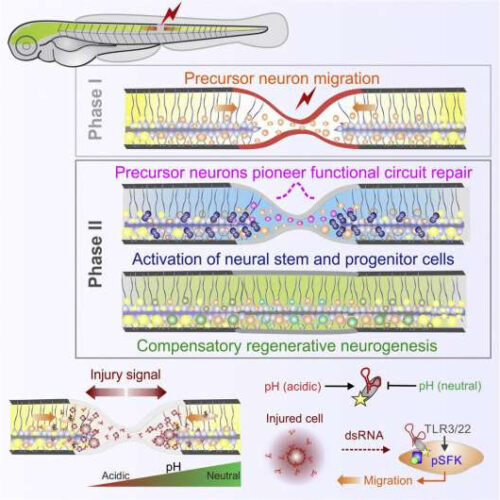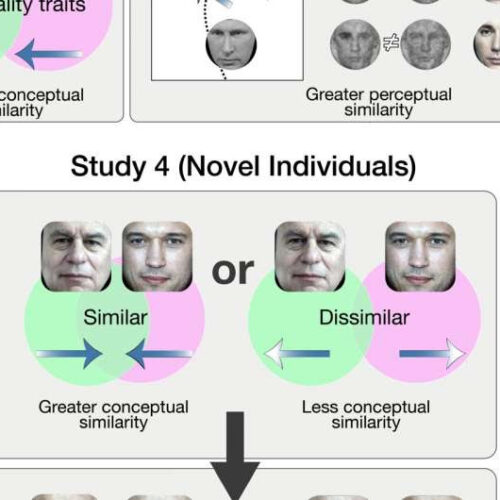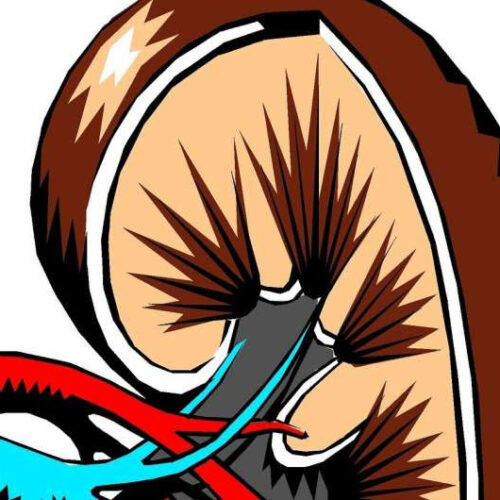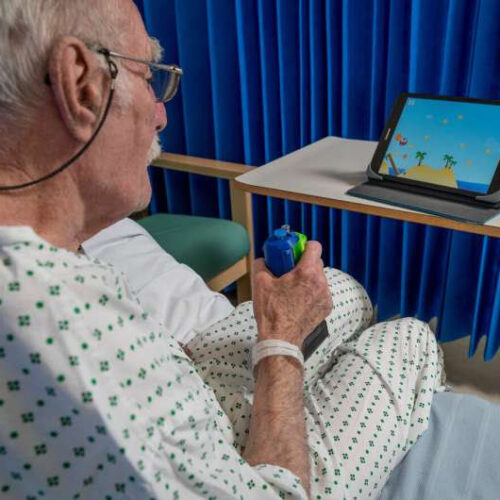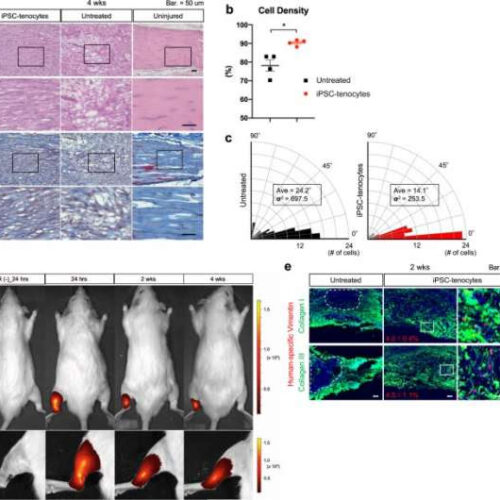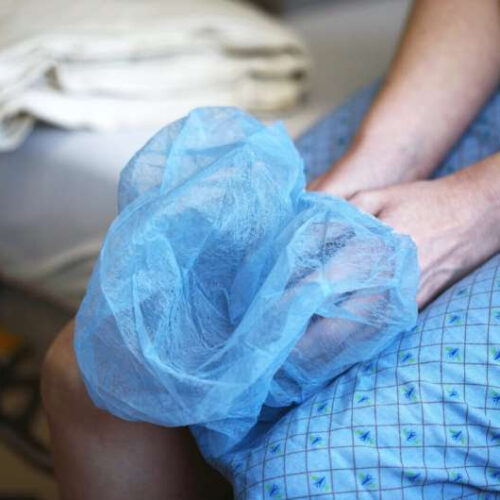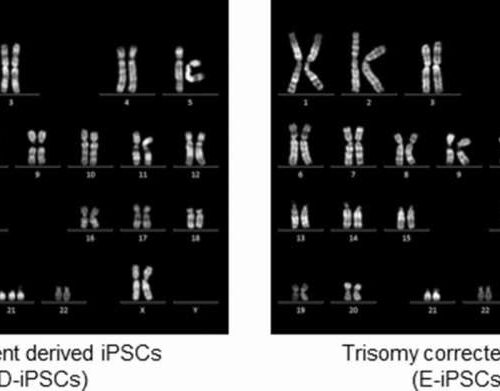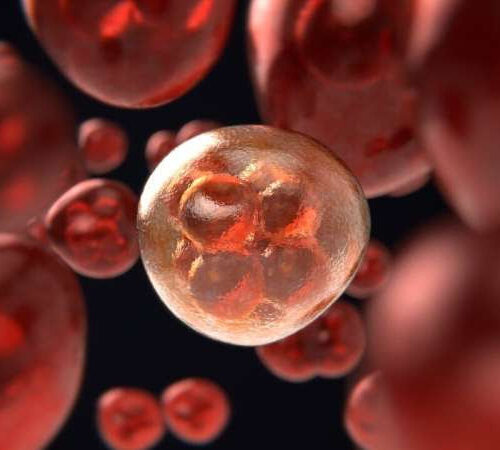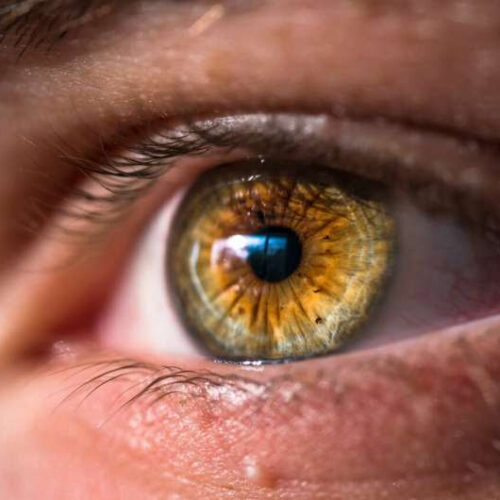by Monash University Graphical abstract. Credit: DOI: 10.1016/j.devcel.2021.07.021 New research from the Australian Regenerative Medicine Institute (ARMI) at Monash University has identified novel cell types and RNA signals that may assist with brain and spinal cord repair. Tissues and organs have different capacities to regenerate after injury or disease. Identifying cell types and signals that can promote repair is particularly...
People look alike if we think they have similar personalities, new study finds
by New York University Knowledge of a person’s personality can warp the perception of a face’s identity and bias it toward alternate identities that are ostensibly unrelated. For example, if Vladimir Putin and Justin Bieber (above) have more similar personalities in your mind, then they visually appear more similar to you as well–as shown in the...
COVID-19 long-haulers at risk of developing kidney damage, disease
by Kristina Sauerwein, Washington University in St. Louis Credit: Pixabay/CC0 Public Domain Research continues to mount indicating that many people who’ve had COVID-19 go on to suffer a range of adverse conditions months after their initial infections. A deep dive into federal health data adds to those concerns, pointing to a significant decline in kidney function among...
Rehab device enables stroke survivors with arm disabilities to do more training
by Maxine Myers, Imperial College London Credit: Imperial College London A rehabilitation device can increase the amount of arm exercises stroke patients do without professional supervision, according to a new study. Over five million people in the UK live with arm weakness, with stroke damage accounting for one million people of those people. The only intervention shown to...
Repairing tendon injuries with stem cells
by Kyoto University Engrafted iPSC-tenocytes express tendon functional extracellular matrix at two weeks after transplantation. a Histological analyses of iPSC-tenocytes rats, untreated rats, and uninjured rats at 4 weeks after transplantation. Masson’s trichrome staining shows collagen fiber (blue), cytoplasm (red), and nuclei (purple). Representative pictures of the transplanted area (left Achilles tendon) are shown. The boxed...
Post-bariatric hypoglycemia is a silent danger after surgery
by University of Connecticut Credit: Unsplash/CC0 Public Domain A serious side effect of weight-loss surgery can take more than a year to appear. Vanessa Hurta is spreading the word. Hurta, who completed her doctorate of nursing practice at UConn’s School of Nursing this month, has worked as a nurse practitioner in a bariatric surgery practice for many years. UConn’s DNP...
Long COVID ‘brain fog’: Neurocognitive tests to harmonize global methods
by Diane Nazaroff, University of New South Wales Some people with long COVID develop difficulties in concentrating which can persist months after infection, Dr Lucette Cysique from the UNSW School of Psychology says. Credit: Shutterstock An international taskforce created by a UNSW Science psychology researcher has recommended a set of neurocognitive and mental health questionnaires to...
Stopping dementia in Down syndrome patients
by Kyoto University Karyotype analysis of the iPSC clones. Credit: DOI: 10.1038/s41598-021-96697-7 Down syndrome is mostly known for the learning disabilities it causes, but patients typically suffer from a wide number of ailments. One is the early onset of Alzheimer’s disease. Using iPS cells from Down syndrome patients, a new study by CiRA researchers suggests that the molecular...
Liquid biopsies may aid diagnosis, treatment of bladder, nerve tumors
by Julia Evangelou Strait, Washington University School of Medicine Credit: Pixabay/CC0 Public Domain Blood and urine tests could lead to faster and less invasive methods to diagnose and monitor various types of tumors, new research indicates. Two studies led by Washington University School of Medicine in St. Louis describe the potential of liquid biopsies to identify and track...
Novel approach reverses amblyopia in animals
by Massachusetts Institute of Technology Credit: Unsplash/CC0 Public Domain Amblyopia is the most common cause of vision loss in children, according to the U.S. National Eye Institute. It arises when visual experience is disrupted during infancy, for example by a cataract in one eye. Even after the cataract is removed, vision through the affected eye is...

